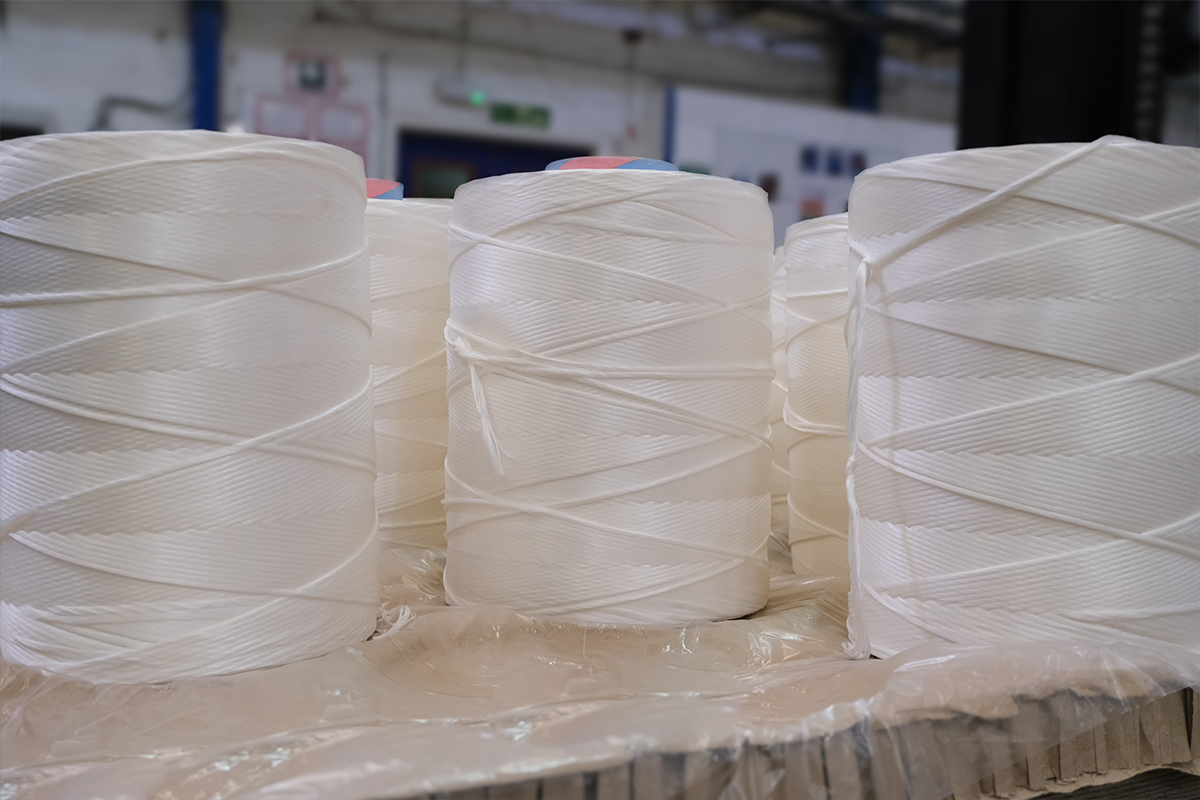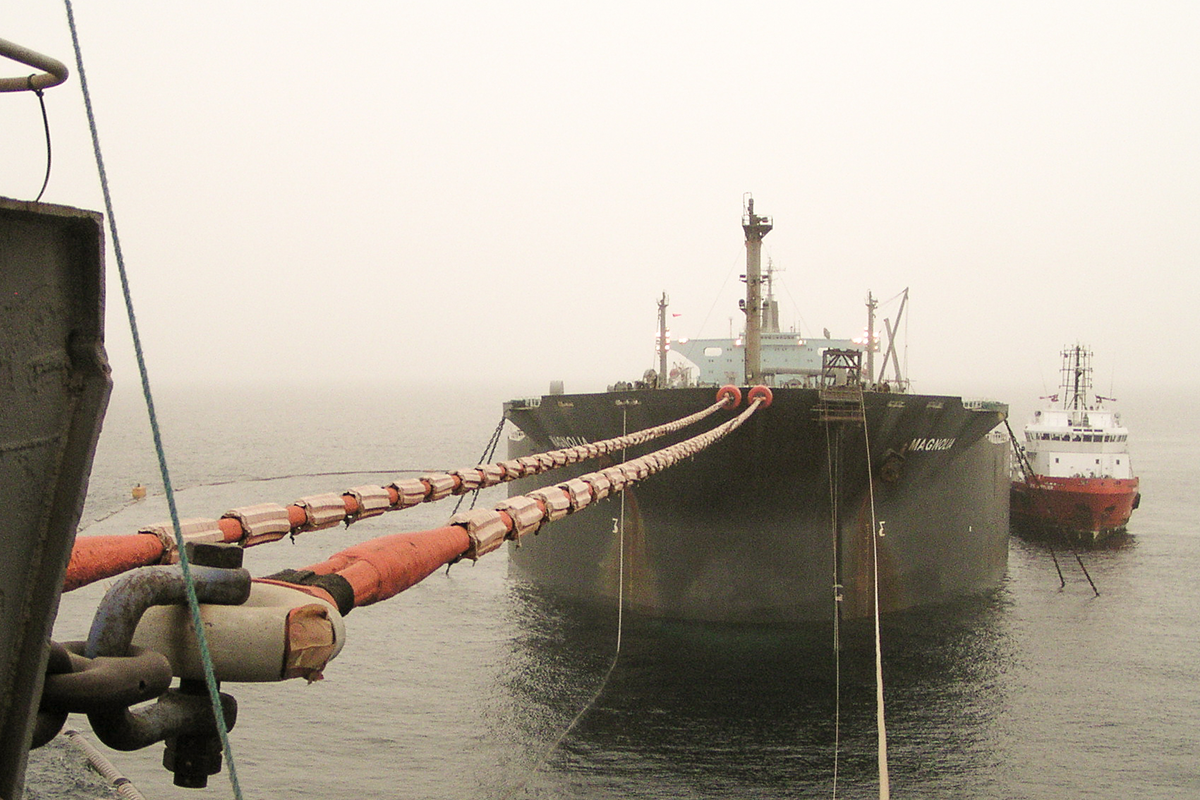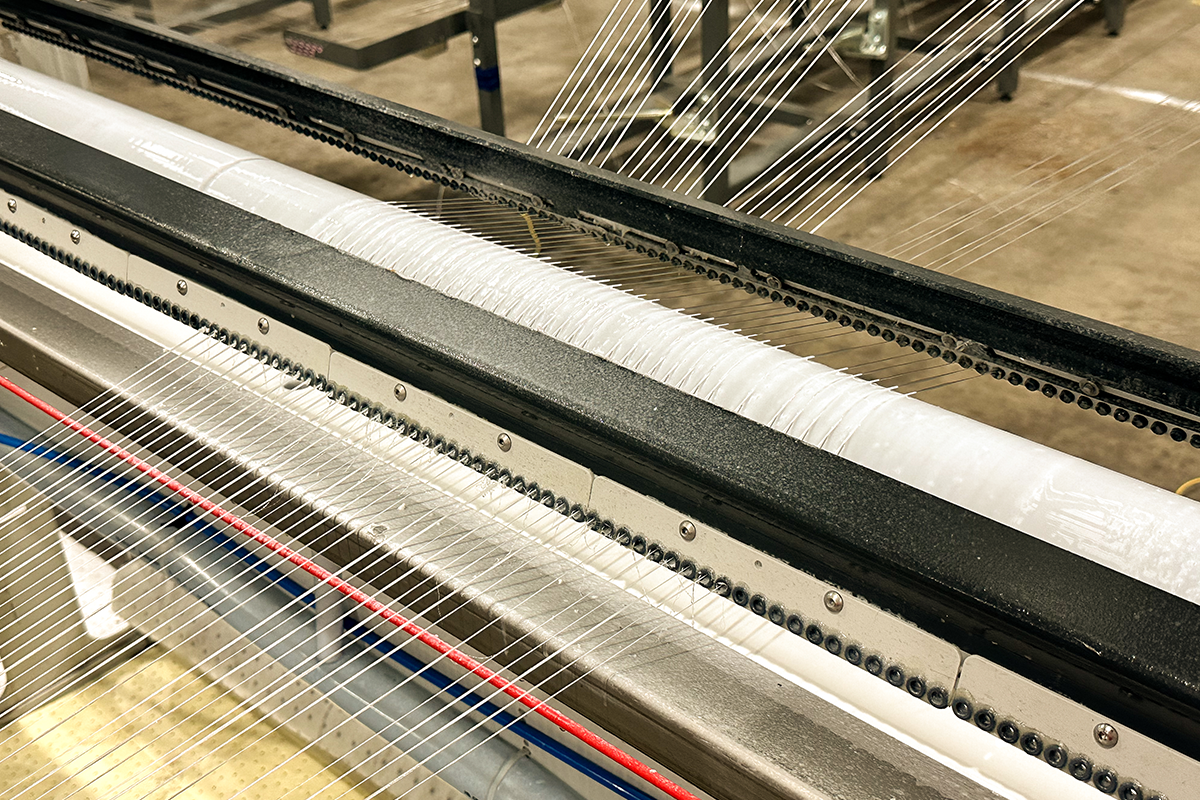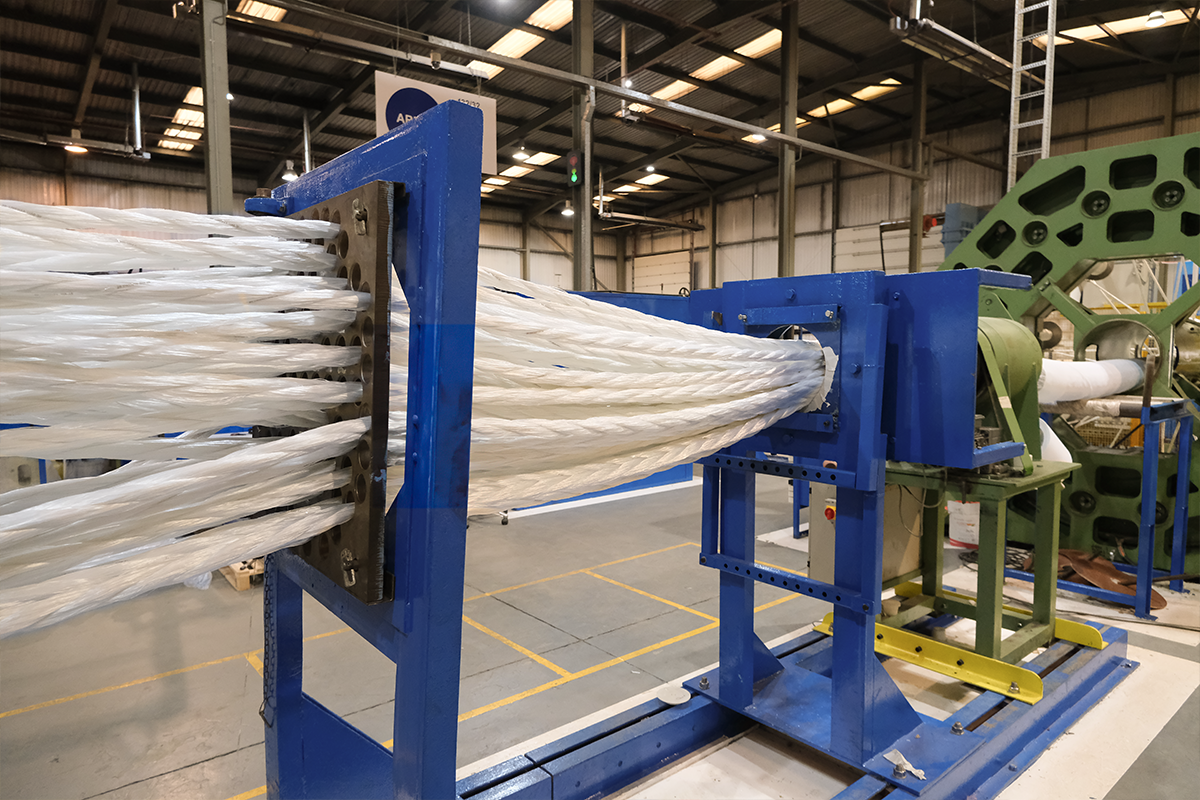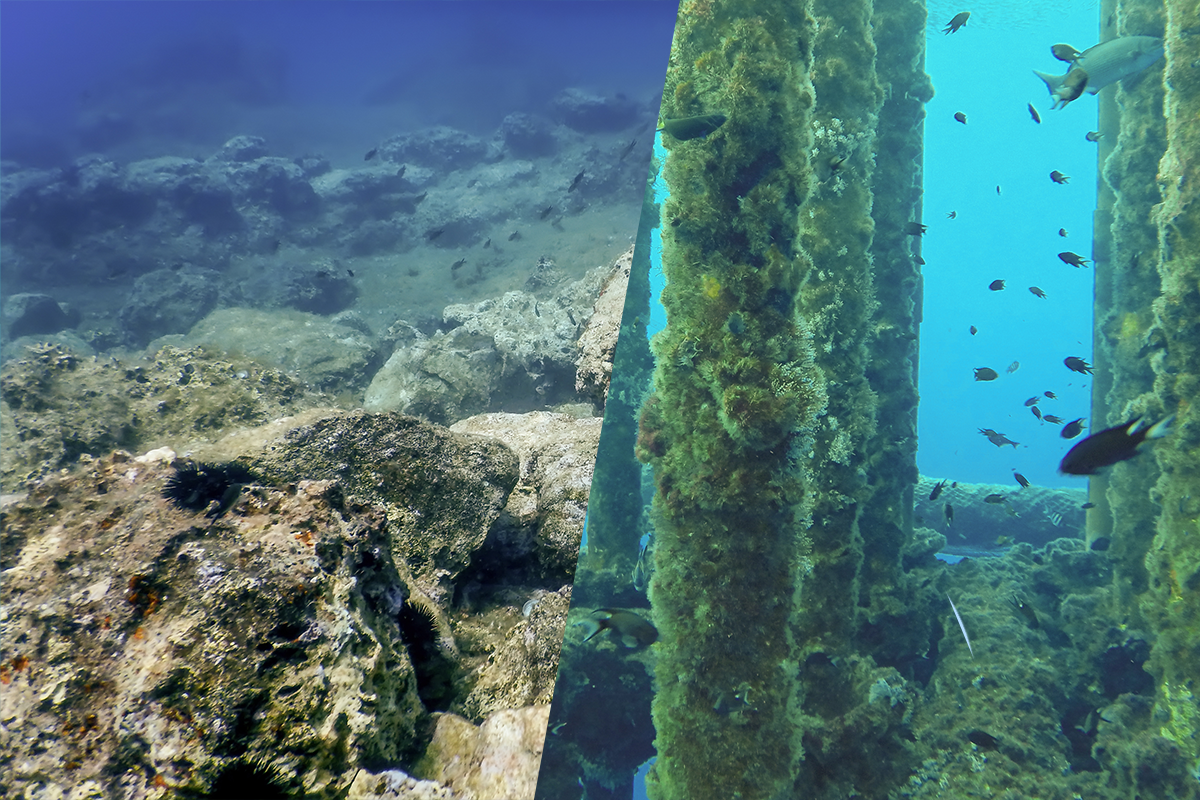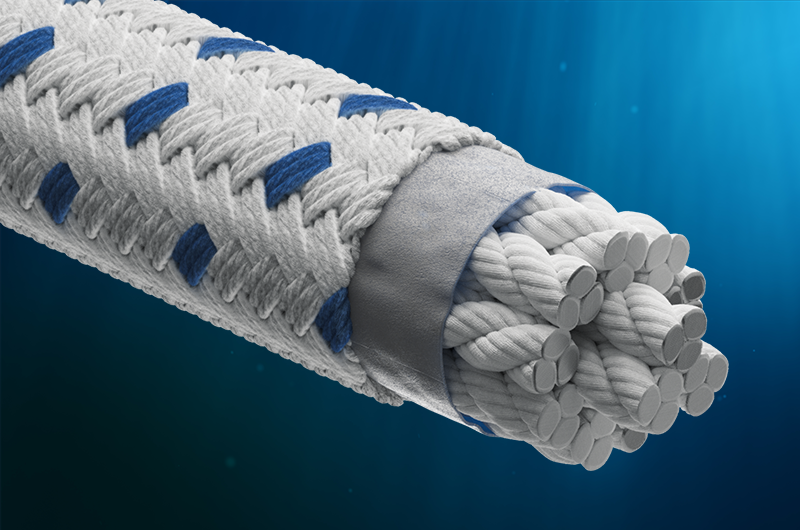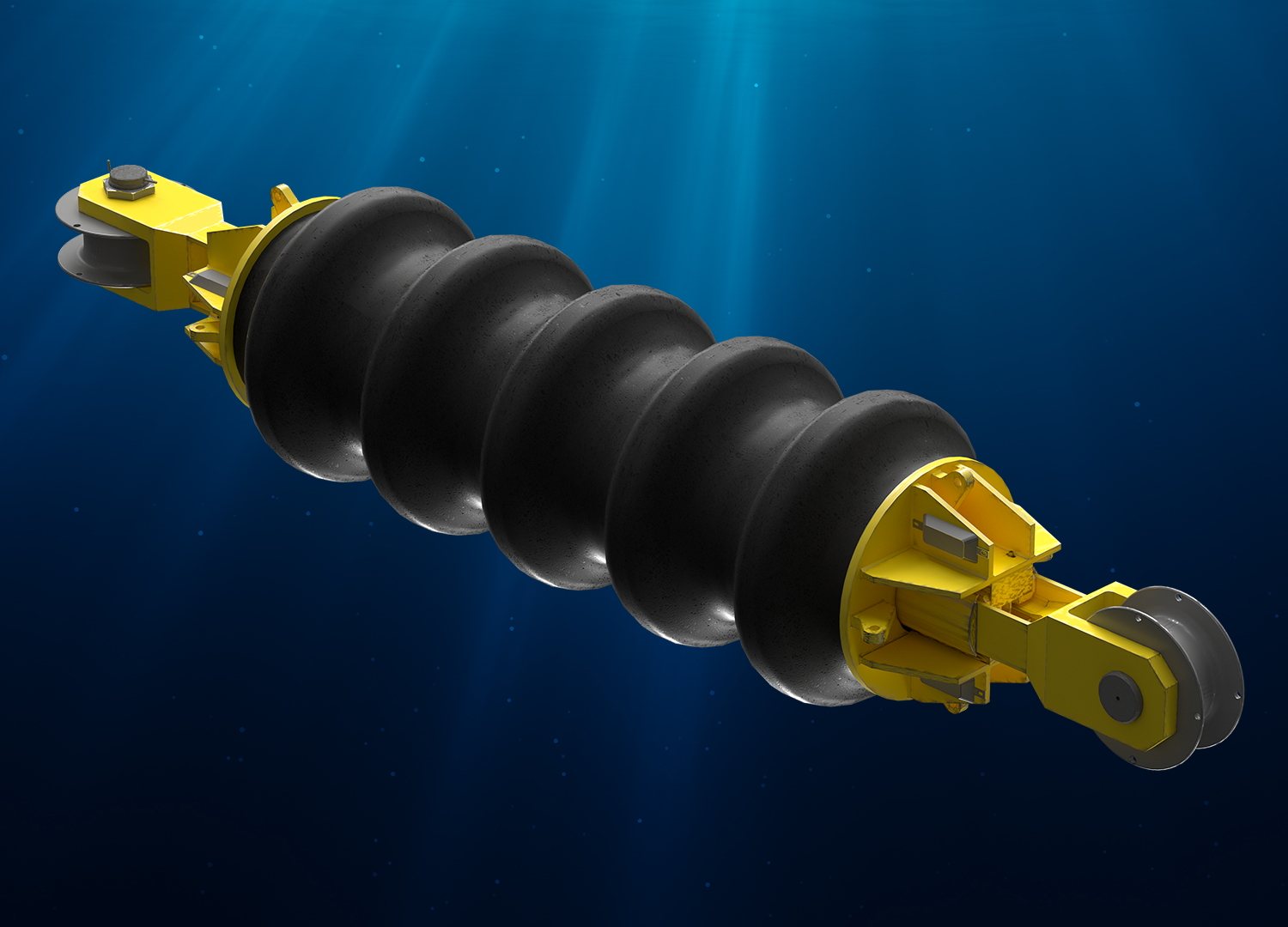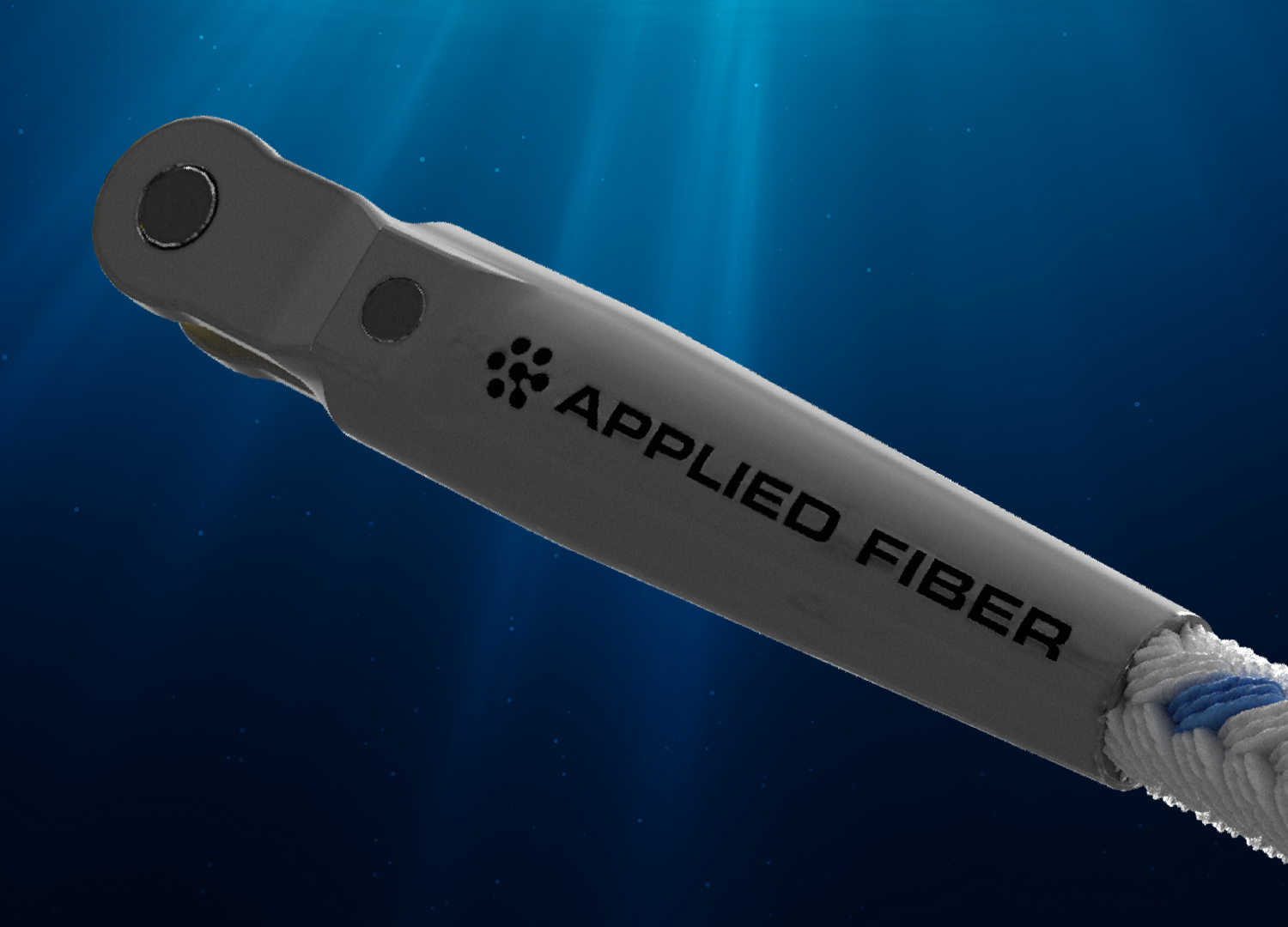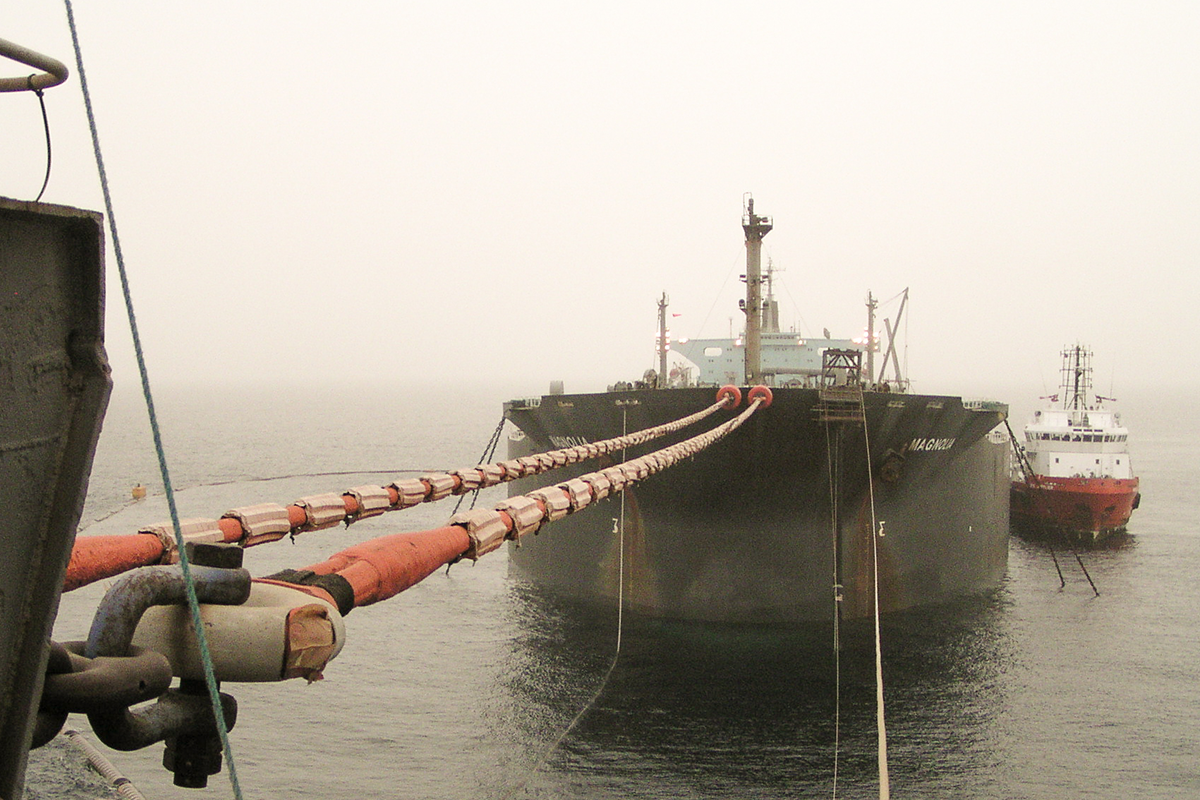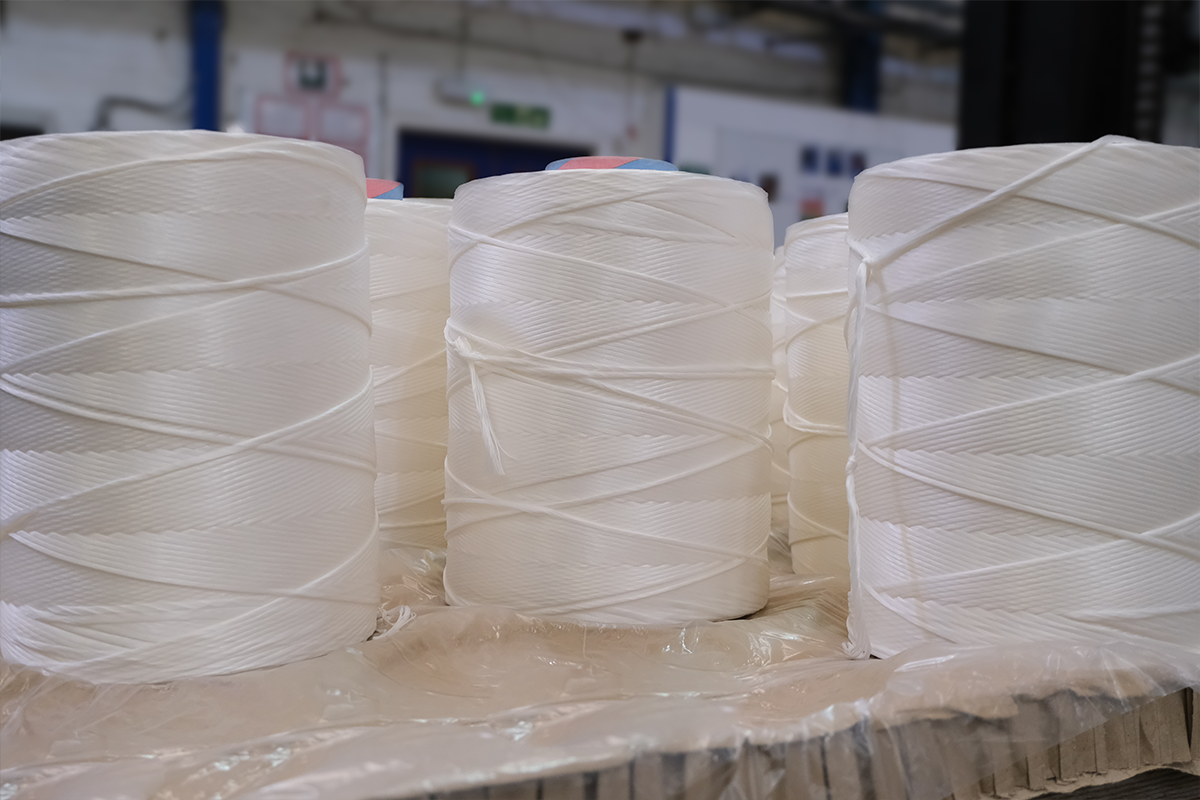A Unique Challenge
Floating offshore wind will provide access to stronger and more consistent wind speeds when compared to fixed turbines. Floating wind farms will be located in shallow water depths in contrast to traditional offshore oil and gas platforms. The effects of the environmental conditions are typically more sever at these shallow water depths. Platform stability is critical for the turbines power production efficiency. This is less of an issue for fixed-bottom turbines as they are not affected by waves, wind or sea currents. Floating structures in deep waters will allow for longer mooring lines, that provide the required compliance.
The combination of floating offshore wind farms and shallow water depths present a unique challenge. To moor a single wind turbine, longer lines could be implemented to dampen the higher dynamic loads on the platform. However, this would result in a larger mooring footprint. This becomes more problematic when introducing multiple floating wind turbines due to space limitations.
